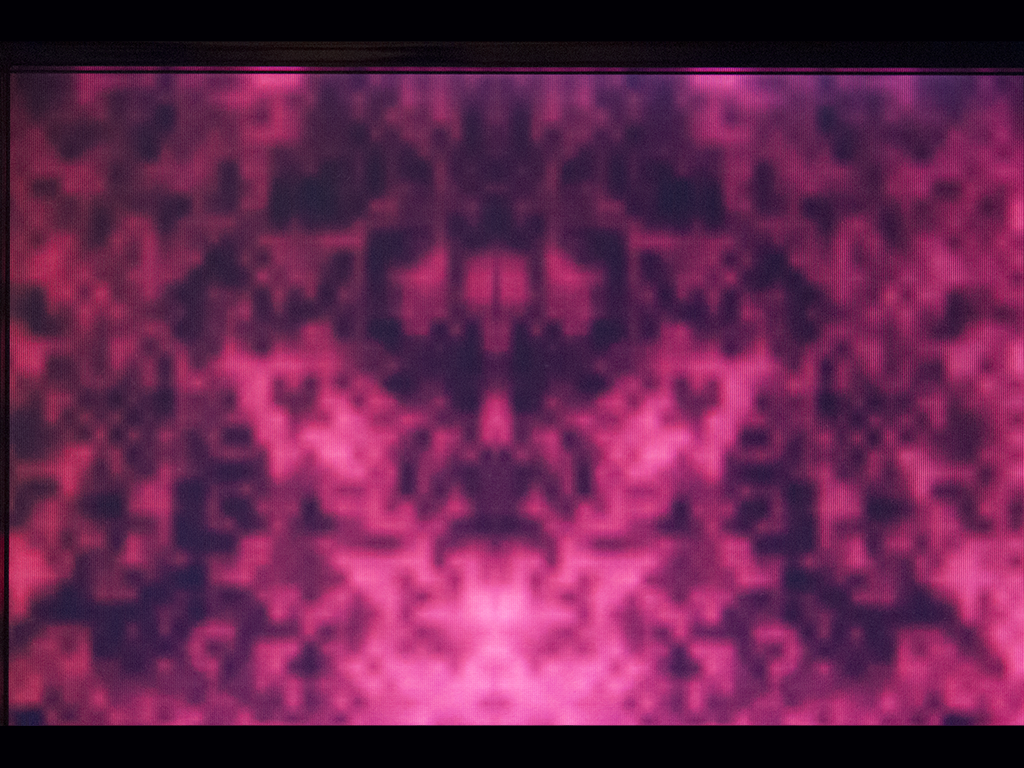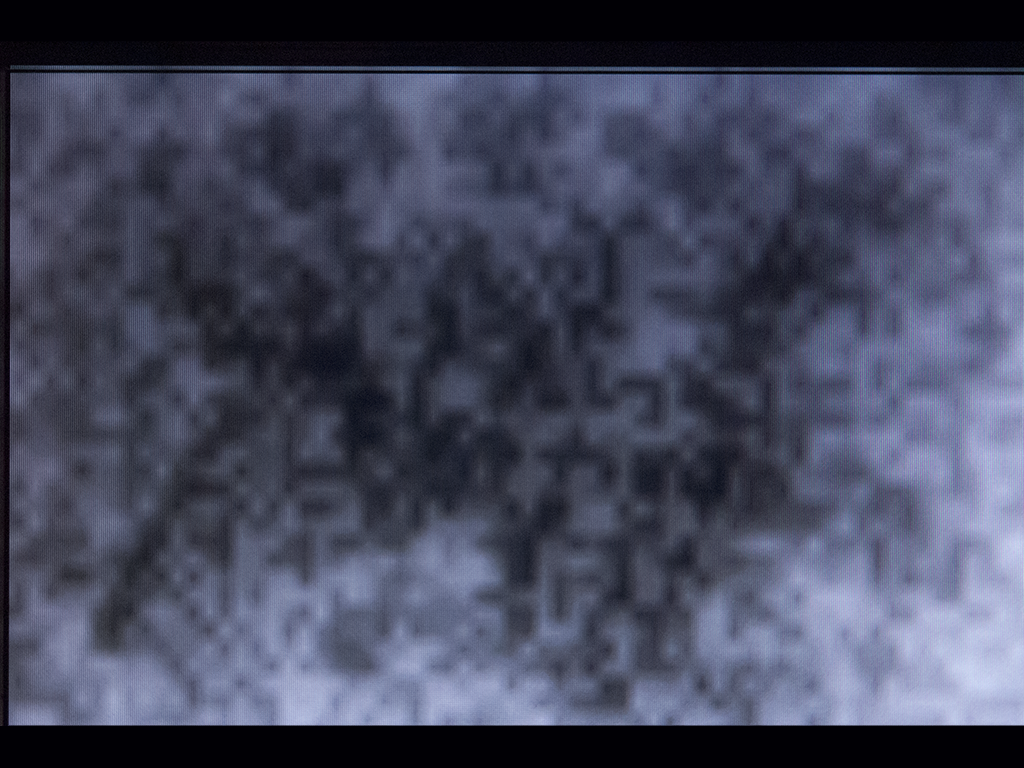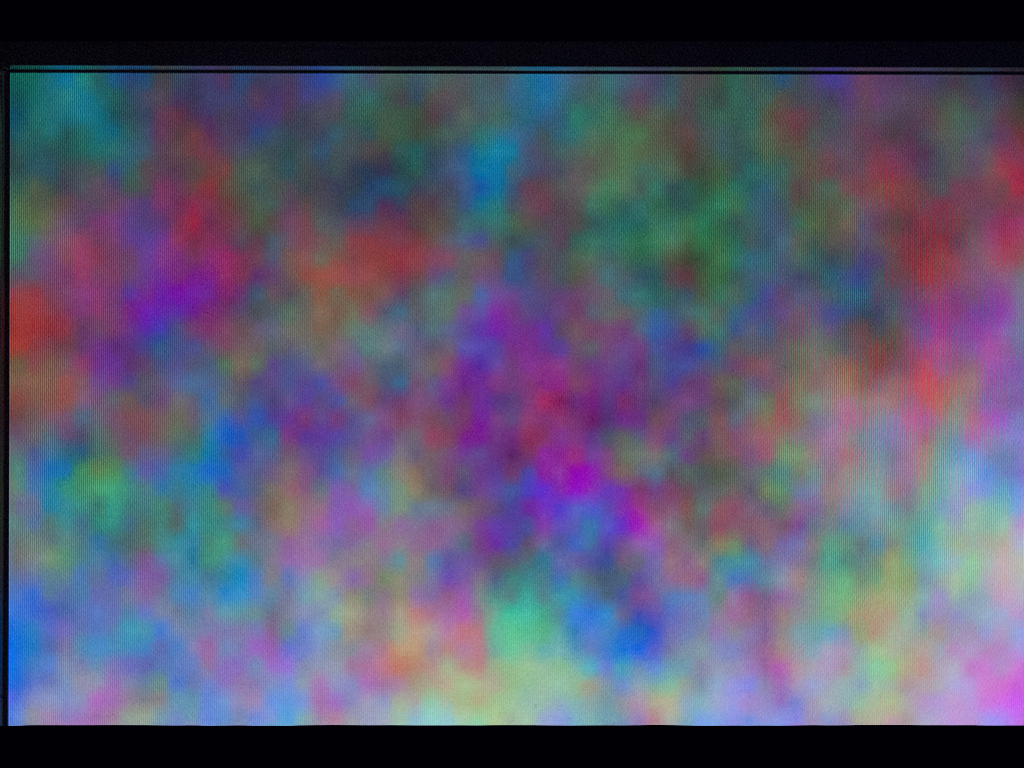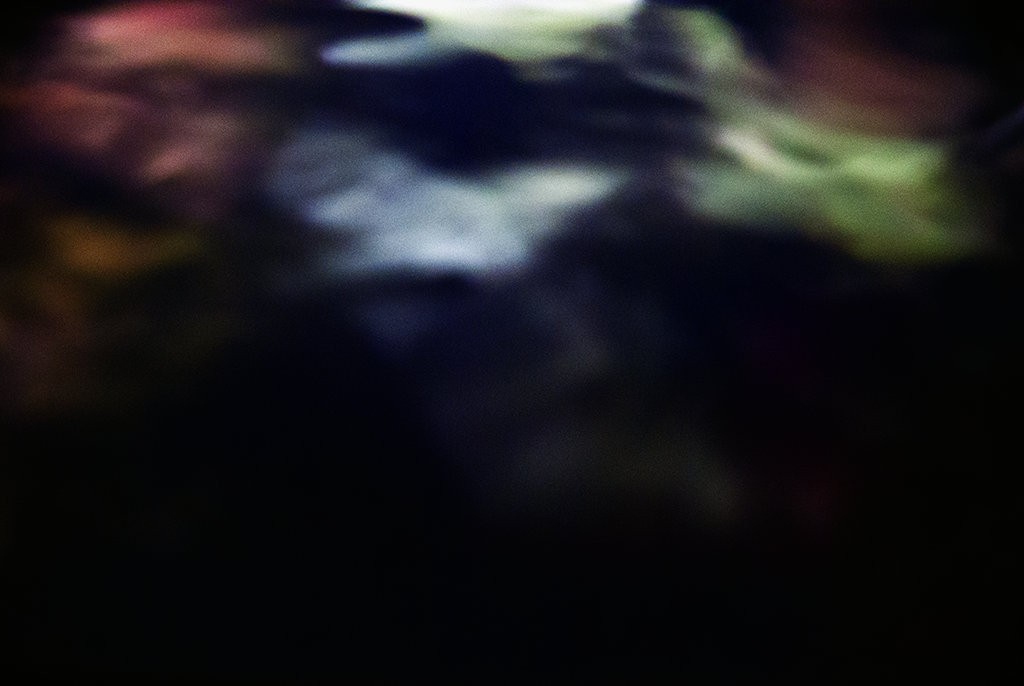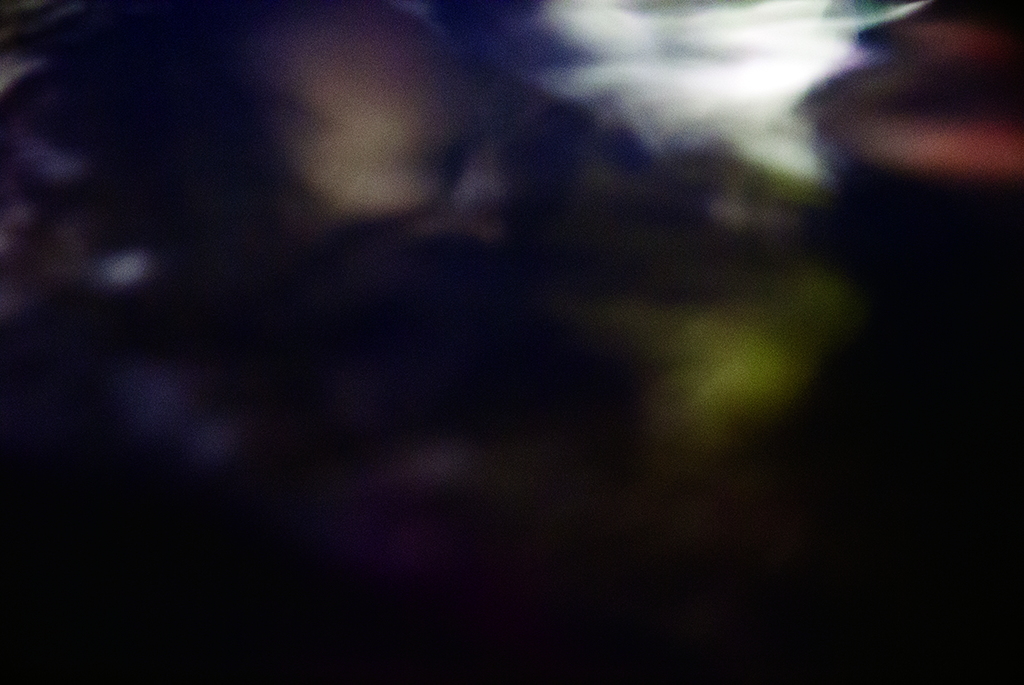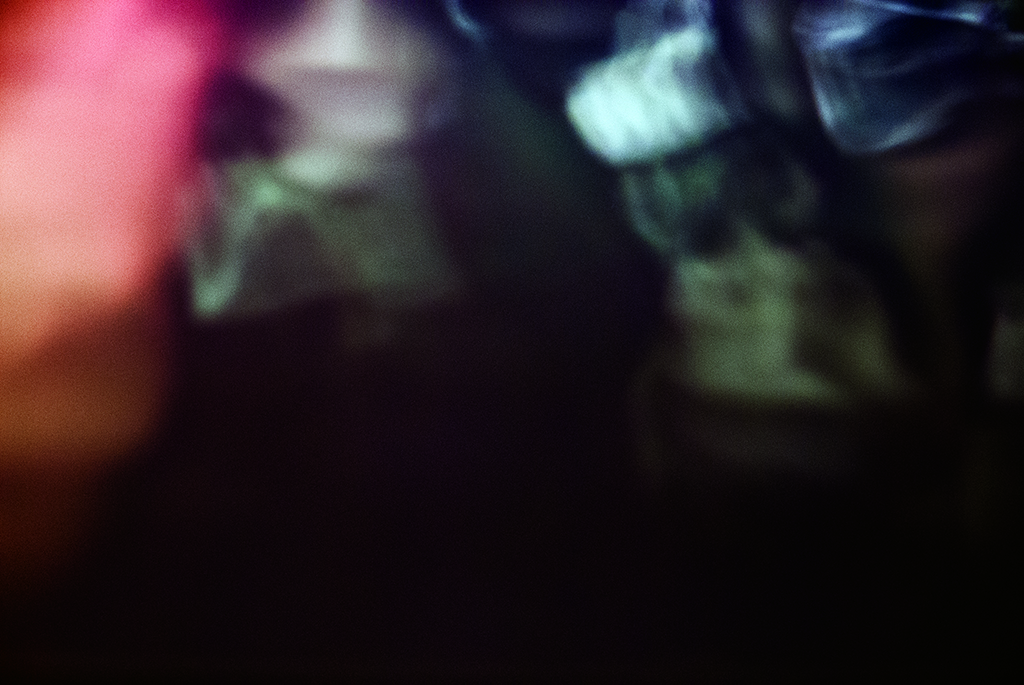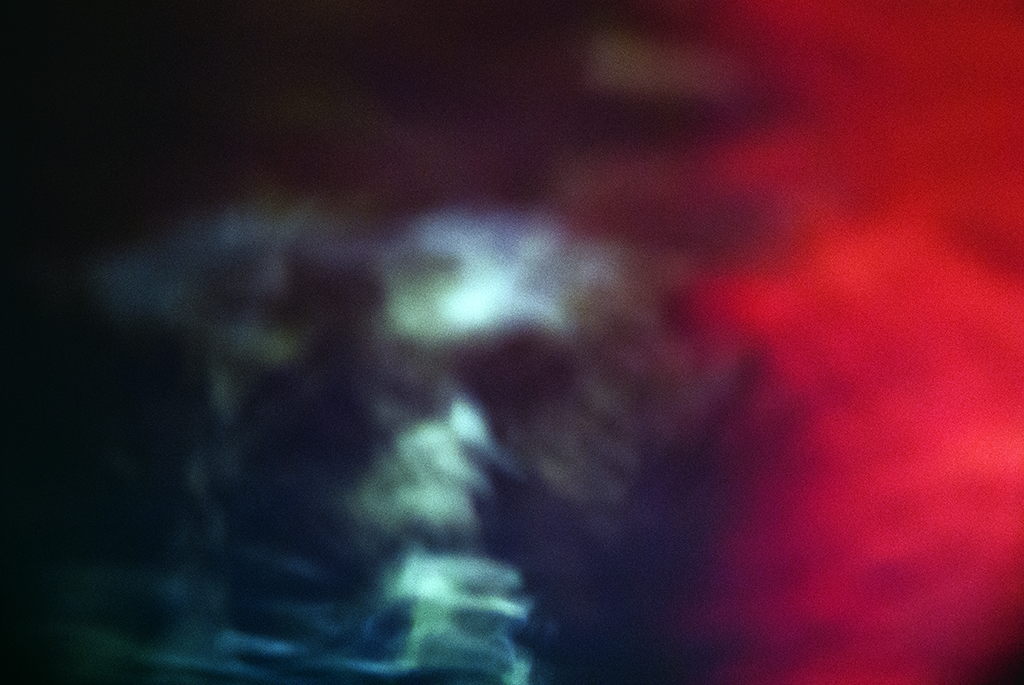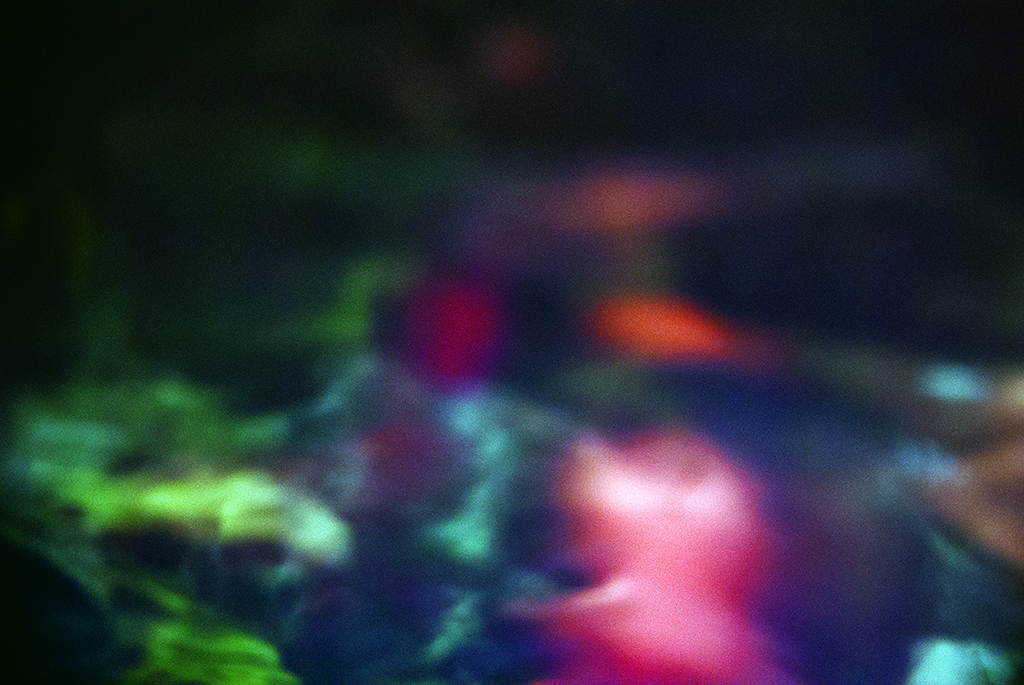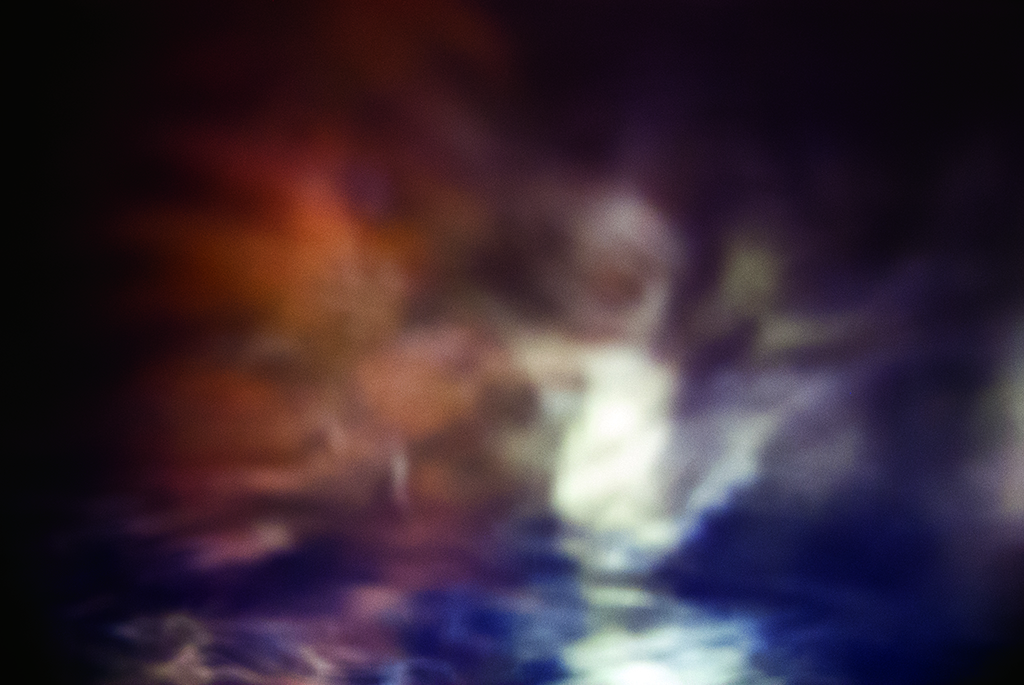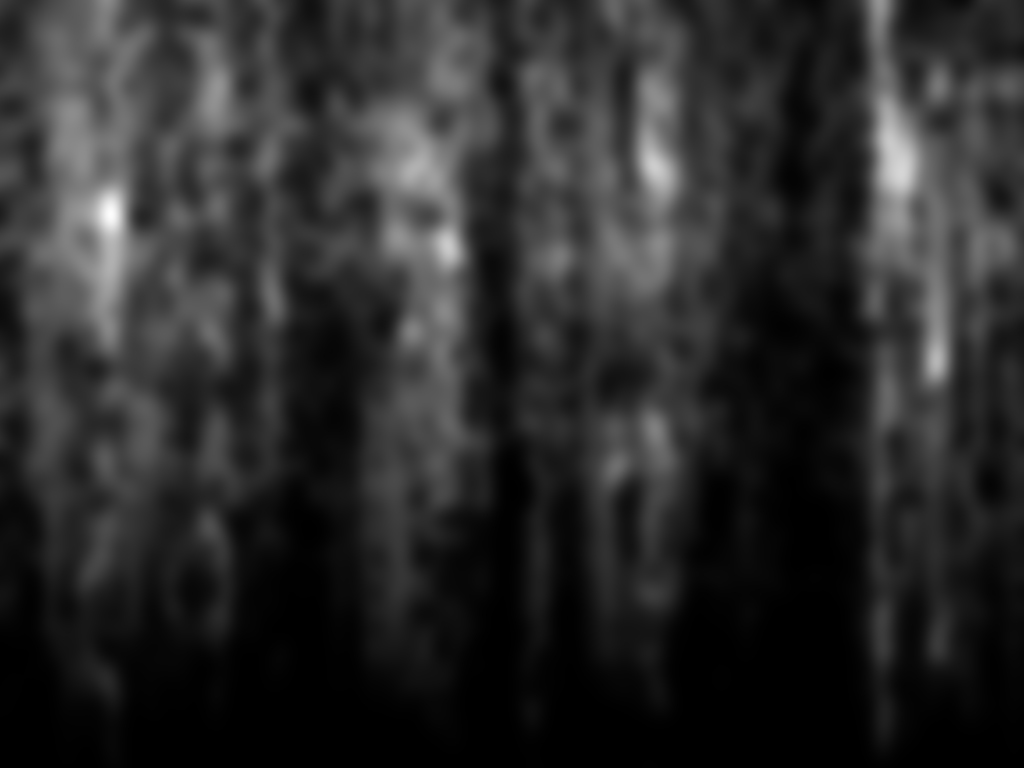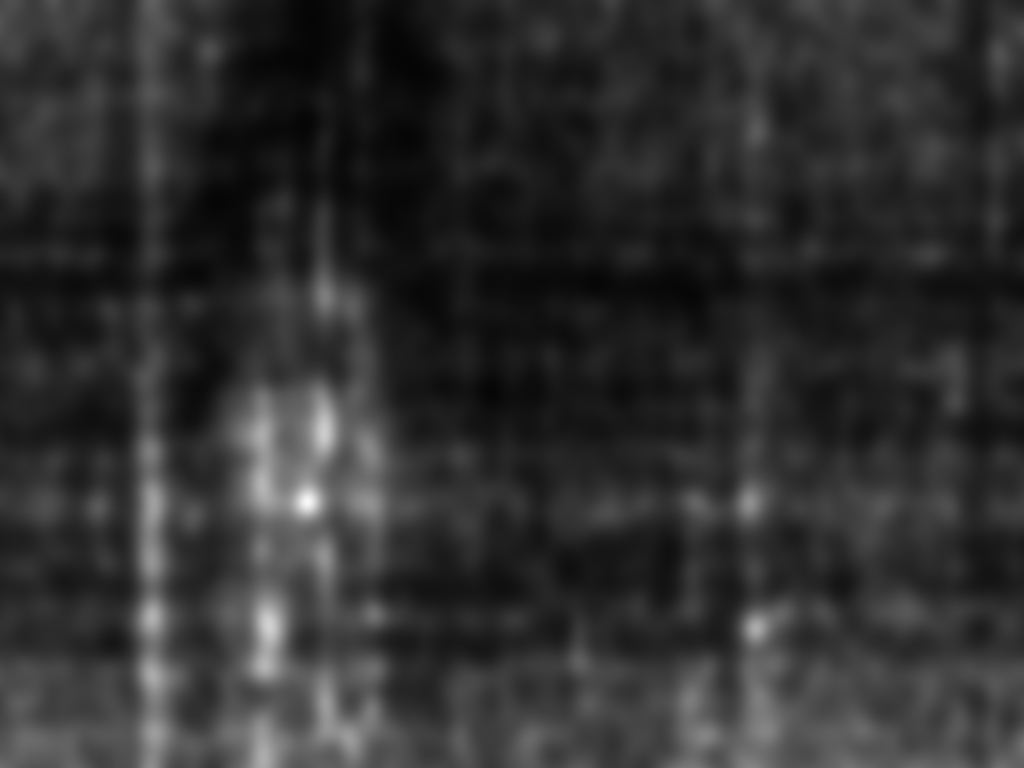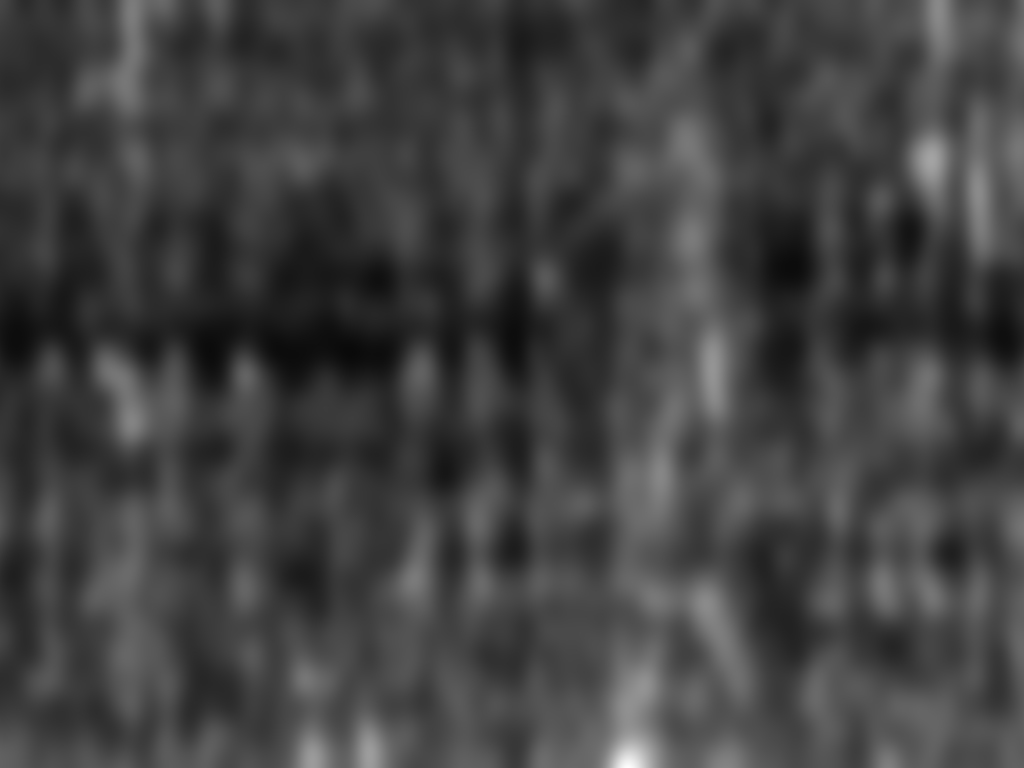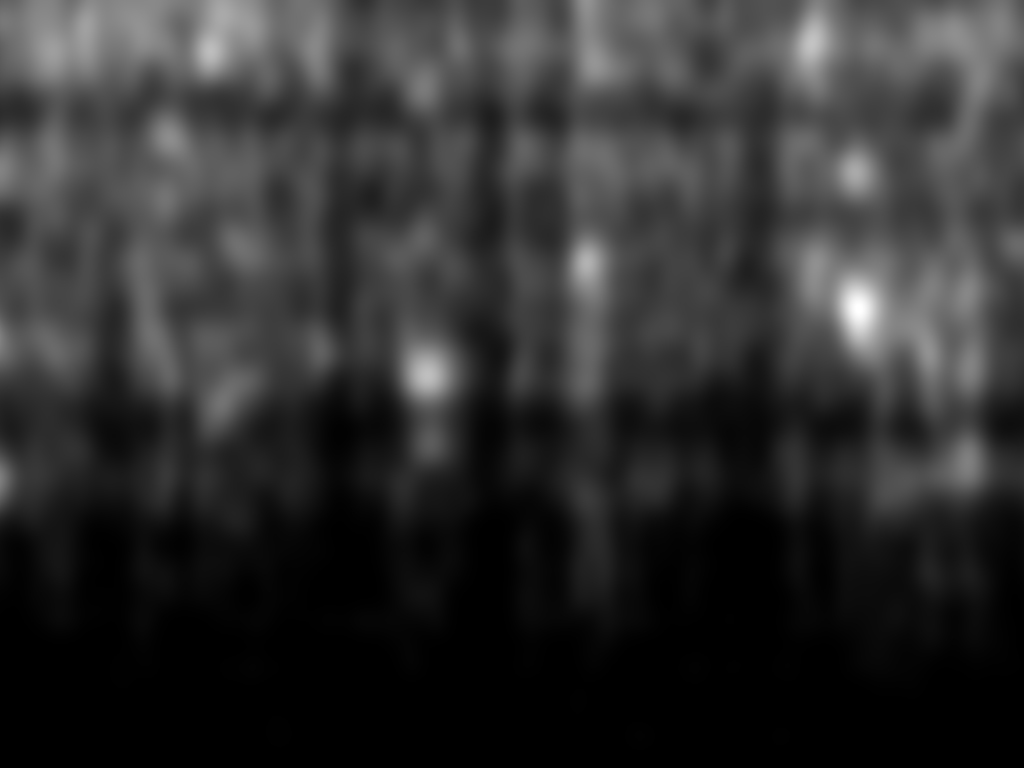Apophenia (2012-present)
The culminating show for this project, Apophenia: The Ghost in the Circuit, was exhibited at the Goggleworks Center for the Arts from October 9th to October 28th, 2015.
Apophenia is the human ability to perceive patterns and meaning in random data sets (ie: seeing faces and animals in clouds or hearing whispers on a howling wind). The effect is often explored by "ghost-hunters," who use electronic tools to find patterns in the environment around us and exploit them as a way to communicate with spirits of the deceased. It is believed by many, that these spirits can influence the energies within our technologies and devices.
This series of work is based on an exploration of these phenomena, appearing sometimes human, or echoing events and places from long ago.
Stochastic Fountains (Custom Circuit and Software, Microcontrollers, LEDs, Speakers, Plastic Spheres)
2015
Stochastic Resonance is a technique used by scientists to improve legibility of a weak signal. As applied to audio, the idea is to add a small amount of white noise (a static sound that includes a broad range of frequencies) to the signal. The most valuable frequencies resonate and increase, allowing the source signal to be easier to discern.
The Stochastic Resonance Fountains presented here are potential tools to be used when discerning Electronic Voice Phenomena (EVP). EVP are voice-like sounds thought to be created from beyond the grave. They are found transmitted onto tape, bleeding through computer speakers, hidden on computer drives, or between stations on the radio. By placing these devices in a room, the stochastic resonance effect can be added to any recording or real-time audio event.
ITC DIGITAL DISPLAY PROCESSORS (Custom Code and Electronics, Single Board Computer, LCD Display, Plexiglass)
2015
The Instrumental Transcommunication (ITC) Visual Process Displays combine two key methods used by ghost-hunters and those attempting to communicate with the spirits of the dead.
The main circuit known as the “Raudive Diode” circuit is widely used as a replacement for microphones when attempting to capture the voice of spirits through electromagnetic sensing.
Any signal from this circuit is processed by custom software that translates it to a visual output using one of several methods, including spectrographic analysis. It is commonly thought that spirits can manipulate the visual output, creating images or patterns in the same way that they can produce Electronic Voice Phenomena (EVP) on tapes and computer files.
Each display created here uses a unique variation of the Raudive circuit with software specifically tuned to particular aspects of the signal received from that sensorWaterSchreiber Prints (Digital Prints from Recursive Analog Video Process)
2015
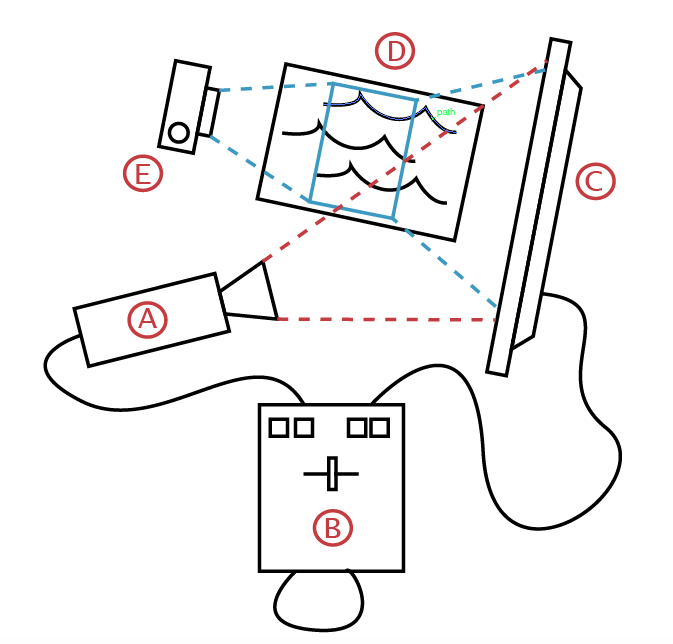
|
|
|
A: Video Camera
B: Video Mixer and Feedback Loop C: Video Display |
D: Water
E: Digital Camera |
WaterSchreiber Capture Process
This Process is based on the experiments of Klaus Schreiber, a well-known Instrumental Transcommunication (ITC) practitioner from Germany. His experiments included capturing and slowing the video feedback caused from pointing a camera directly at a display that showed its own contents. Through the mid 1980s, Schreiber documented many unexplained faces and images in his video including those of Albert Einstein, King Ludwig II and his own daughter who had died over five years earlier.
My process includes using additional video feedback by looping the signal through a mixer and then capturing the image as it is reflected in a pan of agitated water. The entire process is done at night to prevent stray light from entering the image.
ITC Vox Receiver (Custom circuit and software with modified radio receiver)
2014
The ITC VOX Receiver was created from an old radio, as is often the practice in the ITC and ghost hunting community. This particular device takes an electromagnetic reading, processes it, and translates it to one of the 44 phonemes, or linguistic components used in English and other European languages. The phonemes are sequenced and slowed to allow listeners to distinguish cohesive elements from the audio. Variations in the electromagnetic environment cause changes to the sequence, duration or tone of the produced speech artifacts.
Realtime ITC Visualizer (4’ x 3’ LED Matrix , with custom software and circuit)
2014
The custom software for this ITC visualizer takes a series of amplified samples from a small electromagnetic aerial and processes them to create the continually changing visible image.The LED image changes in real time, and is impacted by any potential changes in the electromagnetic field of the immediate vicinity.
Spectral Analysis Series (Digital Prints 22” x 17”)
2014
In the Spectral Analysis Series, the audio from a modified radio was scanned using analysis software that converts components of the audio signal into a continually streaming grid of variably shaded pixels. The pixel stream is then processed into smoother gradients and searched for coherent images that often suggest faces, buildings or gatherings of bodily forms. This series was recorded in the home of the artist throughout the spring of 2014.
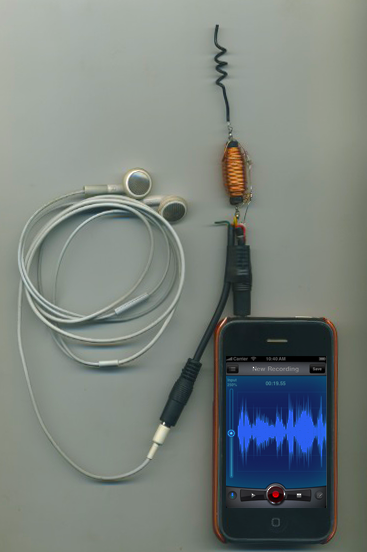
Raudive Diode EVP (Electronic Voice Phenomena) Receiver for Smartphones and Laptops
2012
This circuit was published for a workshop given at HOPE Number Nine conference in New York City as an adaptation of a circuit published by Konstantin Raudive, a Latvian experimenter in 1971. The original circuits were designed for magnetic recording. This adaptation allows a small version of the circuit to be used with contemporary electronic devices. The original documentation was published on the conference wiki which has since been hacked beyond recovery (It was a hacker conference, after all). The documentation can now be found here: http://www.straytechnologies.com/documents/RDiodeKitInstructions.pdf
My related research talk Building Radios to Talk to the Dead was recorded for Archive.org, and can be found here as talk #2: Hope Number 9 Talks
